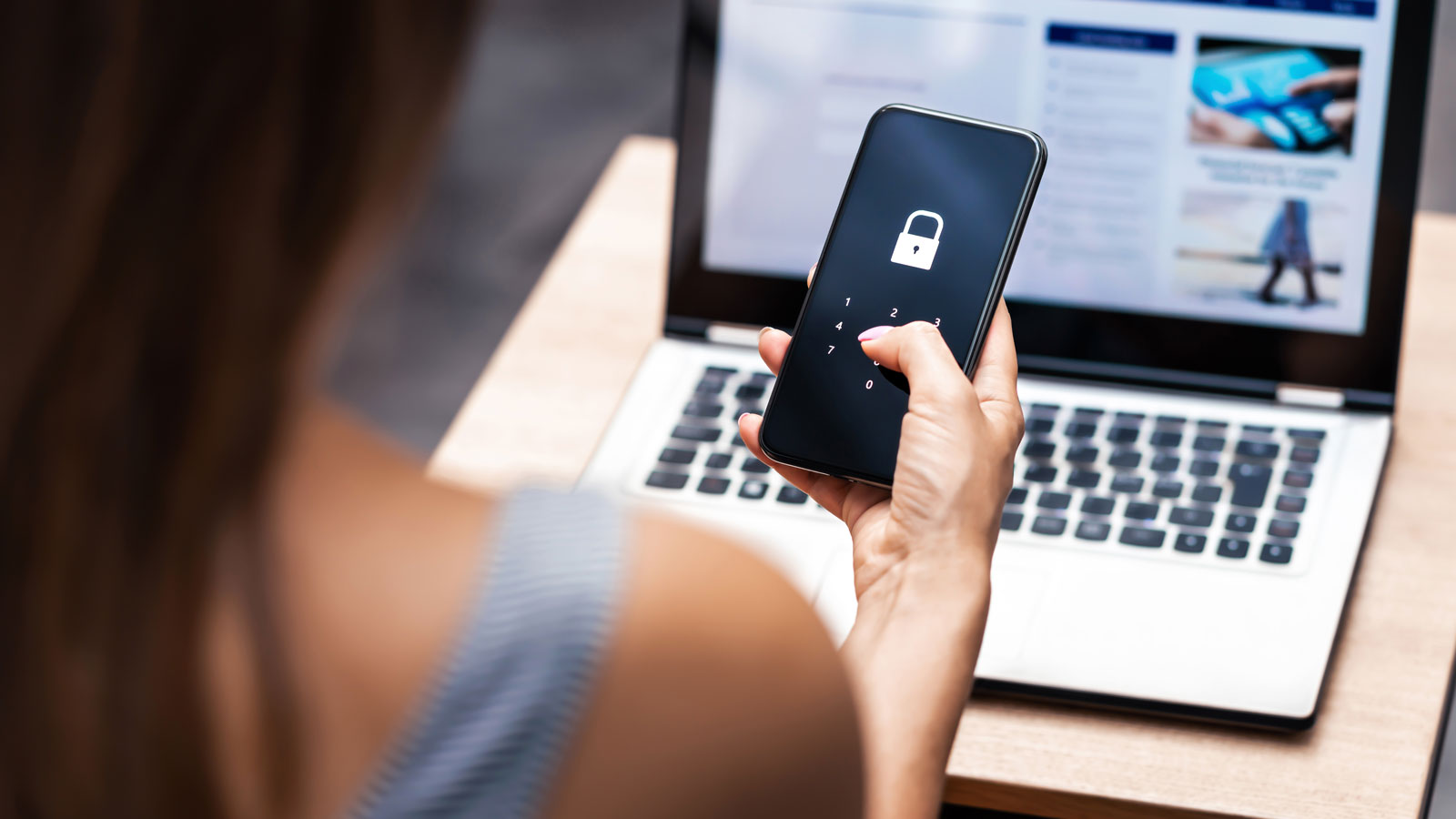
Finishing up your holiday shopping? Here are tips to avoid counterfeits
Counterfeits are most often manufactured overseas. We see knockoff clothing, purses, electronics, toys and more.

You may be scrambling to finish holiday shopping and, with that, comes some desperation. If you’re not careful, it’s easy to accidentally buy counterfeit products.
Counterfeits are most often manufactured overseas. We see knockoff clothing, purses, electronics, toys and more. There are four main problems:
- The items may not meet U.S. product safety standards, particularly for toxics.
- The items may be poorly made compared with the real thing, meaning they could wear out or break more quickly, wasting your money and harming the environment.
- Buying counterfeit items hurts legitimate companies.
- Buying counterfeit goods can support criminal activities, such as forced labor or human trafficking.
“Many counterfeit products are low-quality and can cause injuries,” according to U.S. Customs and Border Protection (CBP).
Regulators often find excessive levels of lead, phthalates and other toxics, which can be particularly harmful to children. Lead and phthalates are often used to soften plastic. Lead is also used to make metals and paint and coatings on clothes and other products more durable. Regulators also find electrical products with fake UL safety certifications, which could mean they could cause a fire or short out and shock you. And they find items that have small parts that break off easily, posing a choking hazard to preschoolers.
In fiscal year 2021, Customs and Border Protection seized 102,490 shipments worth $3.3 billion for copyright infringement, meaning they’re counterfeits. One shipment seized on a given day could contain hundreds or thousands of the same product.
That seizure volume is up 42 percent from the year before. Does this mean counterfeit products are on the rise, or they’ve been coming through at this level for years and are being discovered at ports more? It’s unclear, but regulators know they do not catch everything by a long shot. It’s impossible to inspect or screen every package or container.
Here are tips to avoid buying counterfeit products or tell whether a product you already have is a knockoff:
- If you’ve exhaustively looked for an item that’s sold out everywhere and you find it online, be skeptical and do more investigating before buying.
- Be suspicious of incredibly low prices. The U.S. Chamber of Commerce (USCC) and the U.S. Consumer Product Safety Commission (CPSC) urge consumers to watch out for products that are suspiciously inexpensive compared with other items in the same category. When using a website that has third-party sellers, comparing listings for similar products can be a good way to identify what the average price should be.
- On the website listing, look for typos, misspellings or mislabelings. Website listings with low-quality, photoshopped pictures of products can also indicate a counterfeit.
- Be leery of products from unfamiliar sellers or international sellers. They may be more likely to sell counterfeit items, such as toys or electrical products that don’t meet U.S. safety standards.
- Check whether the manufacturer listed has its own, official website. Legitimate companies will almost always have their own site displaying products and an option to buy directly or find where the item is sold, either locally or online. And if the manufacturer isn’t listed, but it looks like a brand name, that’s a flag too.
- If you have questions about the authenticity of the product, you can reach out to the seller with questions. If they don’t respond, it’s a good indicator of trouble and you just may not want to do business with them.
- Scrutinize social media posts advertising or recommending a certain product. Consumers should be wary of posts or targeted ad campaigns on social media. A report by the United States Trade Representative (USTR) says that posts and ad campaigns can be a “fast, easy, inexpensive and common tactic” that are used to fool customers into buying counterfeit and pirated products.
- If you buy the product, take a look at the packaging. The USCC and CPSC recommend scrutinizing the labels, packaging and contents. If the packaging has anything suspicious, such as a broken safety seal, it could be a counterfeit product. While a counterfeit may be difficult to spot online, there could be differences in quality that are more visible when you get the product in the mail.
- Report any bad experiences. If you believe you’ve purchased a counterfeit or knockoff product, you can report it to www.saferproducts.gov or call the CPSC at 800-638-2772.
Topics
Authors
Teresa Murray
Consumer Watchdog, U.S. PIRG Education Fund
Teresa directs the Consumer Watchdog office, which looks out for consumers’ health, safety and financial security. Previously, she worked as a journalist covering consumer issues and personal finance for two decades for Ohio’s largest daily newspaper. She received dozens of state and national journalism awards, including Best Columnist in Ohio, a National Headliner Award for coverage of the 2008-09 financial crisis, and a journalism public service award for exposing improper billing practices by Verizon that affected 15 million customers nationwide. Teresa and her husband live in Greater Cleveland and have two sons. She enjoys biking, house projects and music, and serves on her church missions team and stewardship board.
Find Out More

Safe At Home in 2024?

What the California Consumer Privacy Act means for you

5 steps you can take to protect your privacy now
